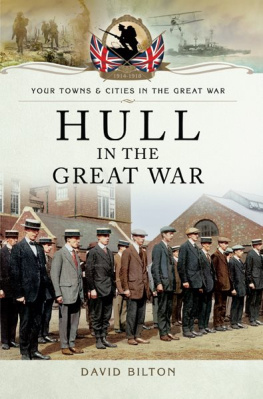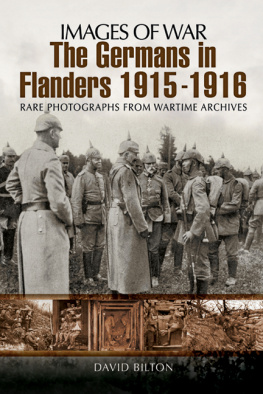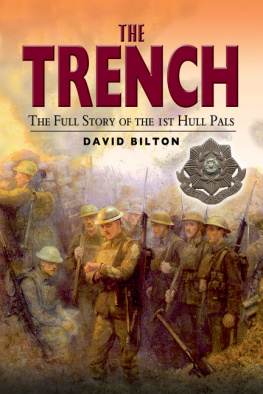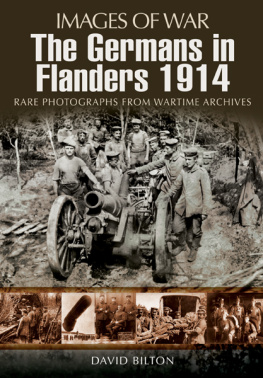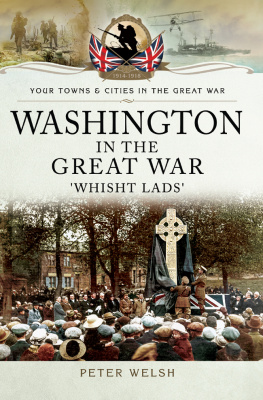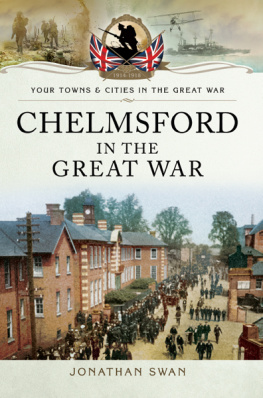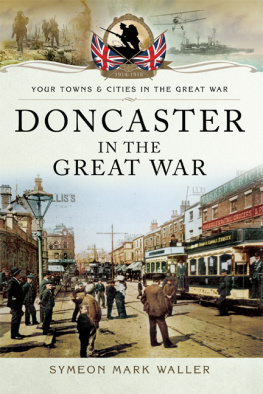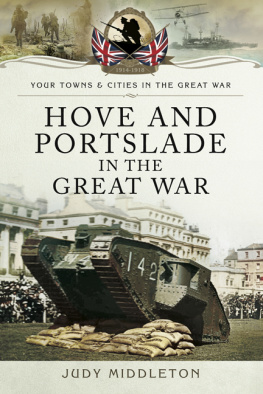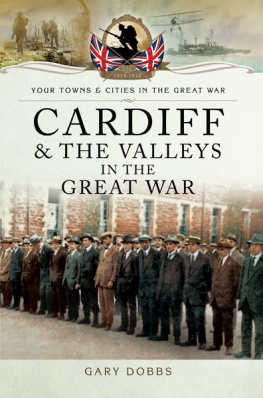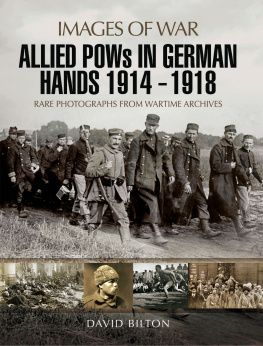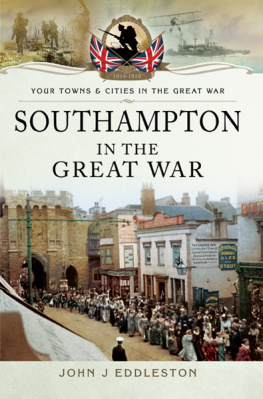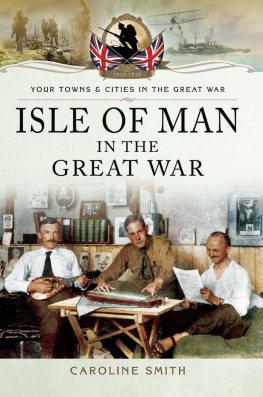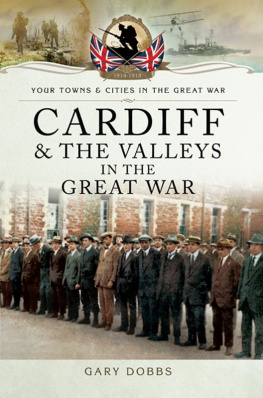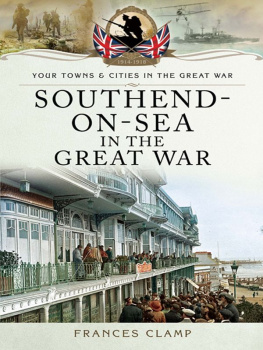Dedicated to the memory of
Louis Tertocha
23 September 1954 11 October 2013
First published in Great Britain in 2015 by
PEN & SWORD MILITARY
an imprint of
Pen and Sword Books Ltd
47 Church Street, Barnsley
South Yorkshire S70 2AS
Copyright David Bilton 2015
ISBN: 978 1 47382 314 3
PDF ISBN: 978 1 47388 234 8
EPUB ISBN: 978 1 47388 233 1
PRC ISBN: 978 1 47388 232 4
The right of David Bilton to be identified as the author of this work has been asserted by him in accordance with the Copyright, Designs and Patents Act 1988.
A CIP record for this book is available from the British Library
All rights reserved. No part of this book may be reproduced or transmitted in any form or by any means, electronic or mechanical including photocopying, recording or by any information storage and retrieval system, without permission from the Publisher in writing.
Printed and bound in England
by CPI Group (UK) Ltd, Croydon, CR0 4YY
Typeset in Times New Roman by Chic Graphics
Pen & Sword Books Ltd incorporates the imprints of
Pen & Sword Archaeology, Atlas, Aviation, Battleground, Discovery, Family History, History, Maritime, Military, Naval, Politics, Railways, Select, Social History, Transport, True Crime, Claymore Press, Frontline Books, Leo Cooper, Praetorian Press, Remember When, Seaforth Publishing and Wharncliffe.
For a complete list of Pen and Sword titles please contact
Pen and Sword Books Limited
47 Church Street, Barnsley, South Yorkshire, S70 2AS, England
E-mail:
Website: www.pen-and-sword.co.uk
Contents

Acknowledgements

A really big thank you to the staff of the Hull History Centre for their untiring kindness, help and assistance in the research for this book. As usual Anne Coulson kindly read and checked the manuscript. While, as an ex-Hull resident from birth, many of the illustrations come from my own family, I owe a number of people thanks for their contribution: Alex Duke, a Cottingham historian; Malcolm Mann, avid local historian who provided a considerable number of rare illustrations; Kenneth Durkin, who provided both information and photos; Sheila Boynton; and the late Kathleen Osler. Thank you.

The home of William Wilberforce, the slavery abolitionist.
Introduction

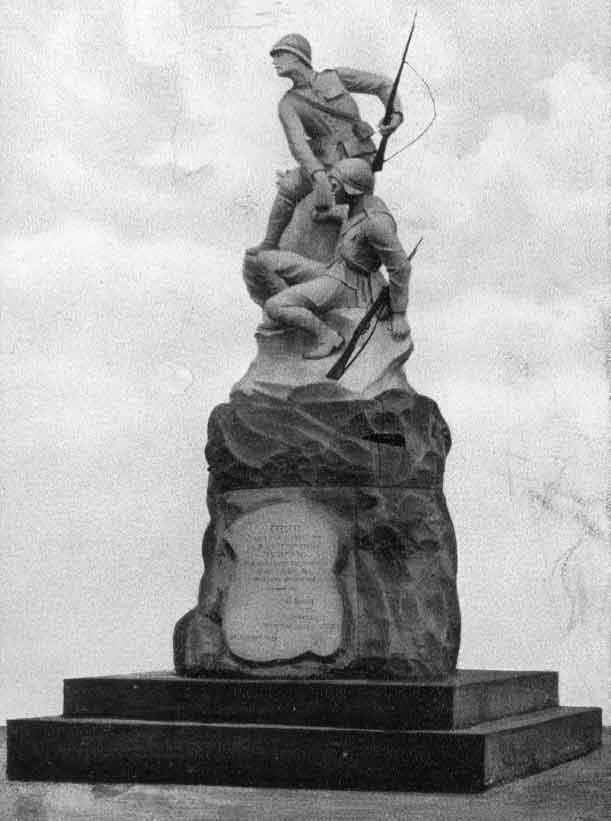
The war memorial for those local men who died in the South African War at the turn of the century.
Following boundary changes and natural growth, the population of Hull was 123,408 in 1901; ten years later at the last census before the war, it stood at 275,486. This growth was made possible by new industries, railways and the rapid growth of the shipping industry brought about by increased world trade. The older industries included linseed oil and paint manufacture. A long-established and major business was brewing, dominated at the turn of the century by just two companies, Hull Brewery and Moors and Robsons. In terms of numbers employed, the important new industries were the glue and starch works of the Reckitt family. The initial products were rapidly diversified to make the company international.
Trawler fishing had developed throughout most of the century, helping to make Hull an important fishing port and enhance its maritime status. Even though steam trawlers needed fewer crew it still employed nearly 1,500 men and would provide many of the crew and the boats for minesweeping for the Royal Navy during the war: trawlers were ideal boats for the job, the crews knew the areas they would work in and the war meant they could not fish anyway. In total, the Humber area provided 880 vessels and around 9,000 men.
Following the fishing industrys growth, ancillary industries grew up which, in fact, employed more men than did the trawlers. These included fish curing and processing, ice manufacture, cod liver oil manufacture and fish manure production.

A postcard showing the coat of arms of the city of Kingston-upon-Hull. Its significance is unclear but it has been in use since the early 1400s.
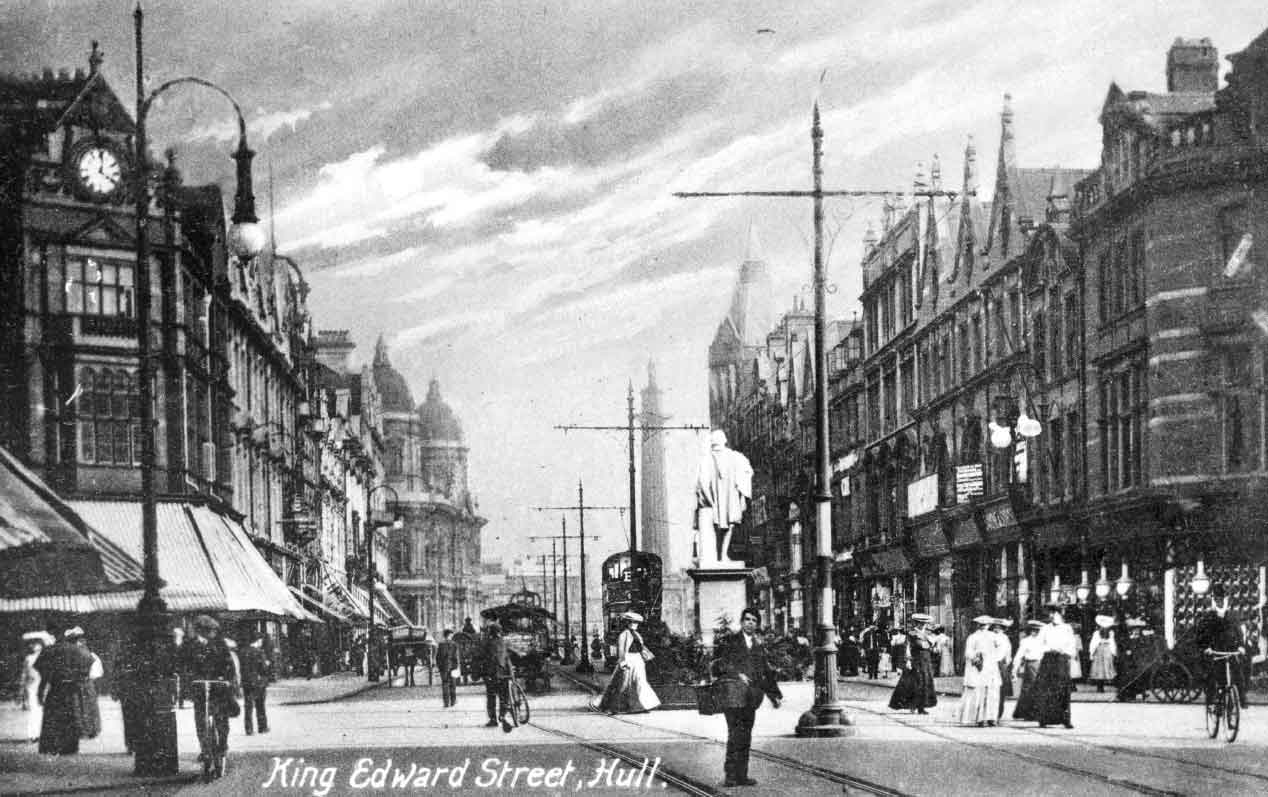
King Edward Street around the turn of the century. In the background can be seen the Dock Offices and the William Wilberforce statue.
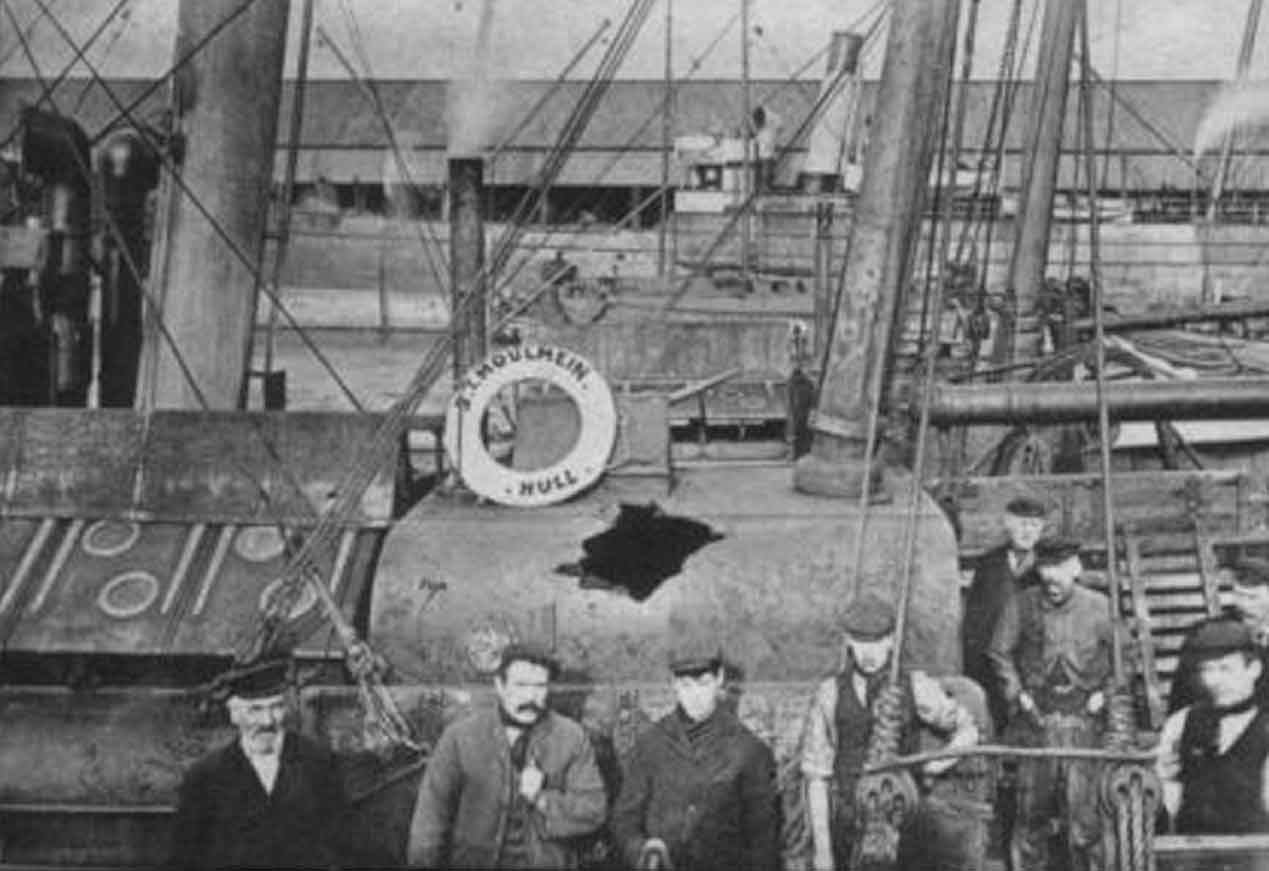
The Hull trawler fleet was used to danger at sea. In 1909 they had been shelled by the Russian Fleet in the North Sea that believed them to be Japanese naval ships. This shows the damage to the stern of the trawler Moulmein.
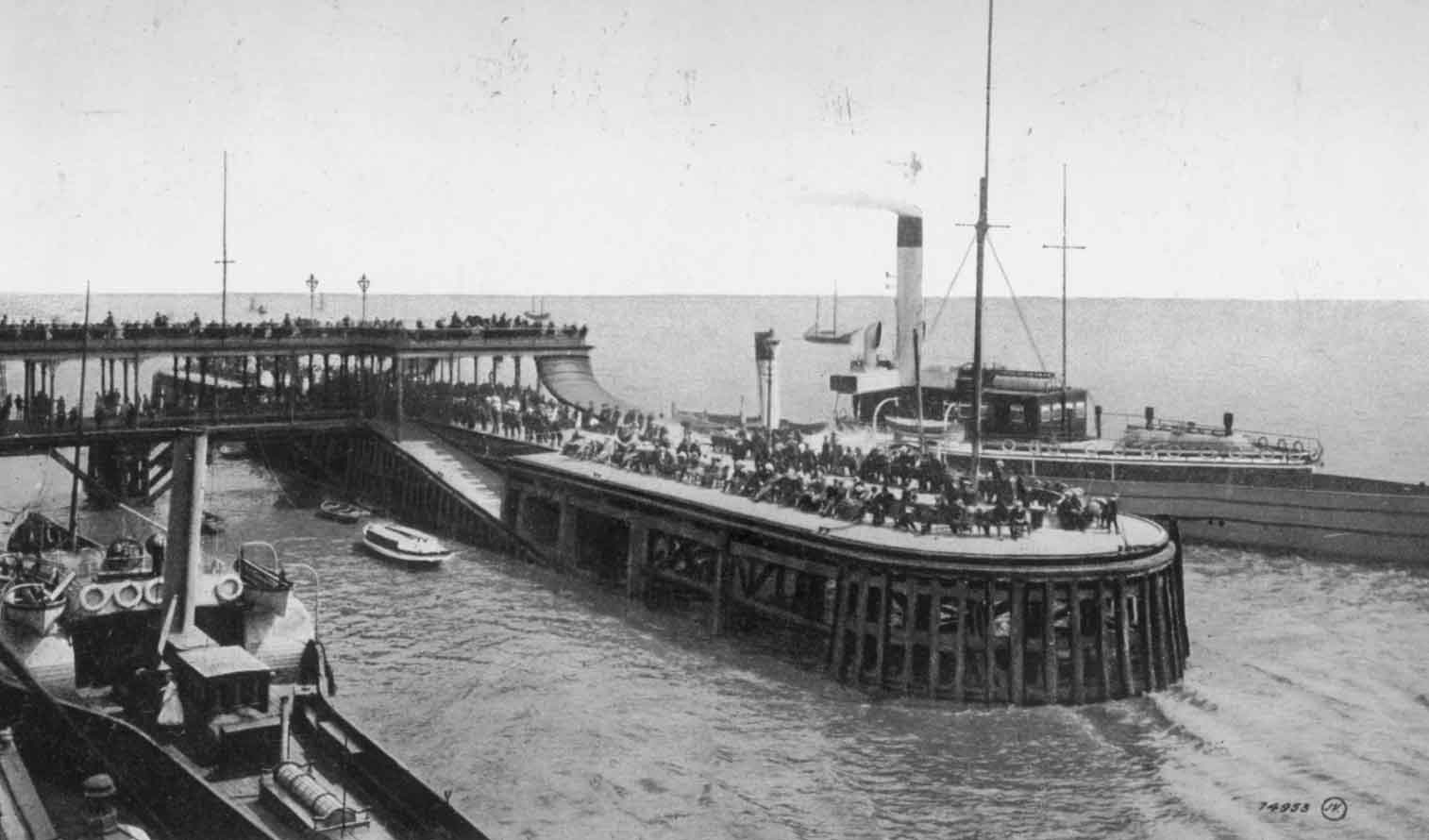
Victoria pier on a busy day. This was the start of the crossing to the Lincolnshire shore.
By the end of the nineteenth century, corn milling had grown from small independent millers to large companies, such as Rank, using steam mills and roller-grinding. This growth fuelled the import of foreign grain which benefited from relatively low dock dues and competitive railway rates, and made Hull a centre for grain arriving for other parts of the country. By 1911, imports were nearly 900,000 tons a year.
Running from Hull to Selby, where it joined the line to Leeds, the railway connected Hull with the West Riding. By 1849, Hull was only ten hours from London. Its success brought further development and the original station was replaced by the present Paragon station. The arrival of the ferry to New Holland cut travel time to London down to seven hours. With the planned development of east coast resorts, rail travel increased dramatically and the railways grew.
Side by side with the development of the railways came the increase in dock space. Junction Dock from 1829 was followed in 1846 by Railway Dock and Victoria Dock in 1850. Between 1869 and 1883 three further docks were built: the Albert Dock in 1869; the William Wright dock in 1880; and St Andrews in 1883, which became the fishing dock and moved the industry to Hessle Road. The resulting price war between the companies involved benefited the ship-owners and the towns merchants. Before the war started, two further docks were constructed: Riverside in 1907 and King George in 1914. Although goods in Hull arrived from around the world, most of its trade came from the Baltic and northern Europe. At the start of the war, the port of Hull was third after London and Liverpool; its tonnage was 4,705,000 in 1913.
Two other products helped Hulls economy: emigrants and coal. The Wilson line transported thousands of Scandinavians, Russians and Eastern Europeans who were looking for a better life, or in the case of Jewish migrants, escaping from persecution. These migrants landed in Hull and were very quickly transported on to Liverpool on their way to North America. Coal seams near Doncaster and Thorne were exploited between 1900 and 1910. Their closeness to Hull made it the economic choice for sending coal abroad as well as directly by rail to Hull. The size of the trade is shown by the tonnage shipped in 1913, over 4.5 million tons.
Next page
